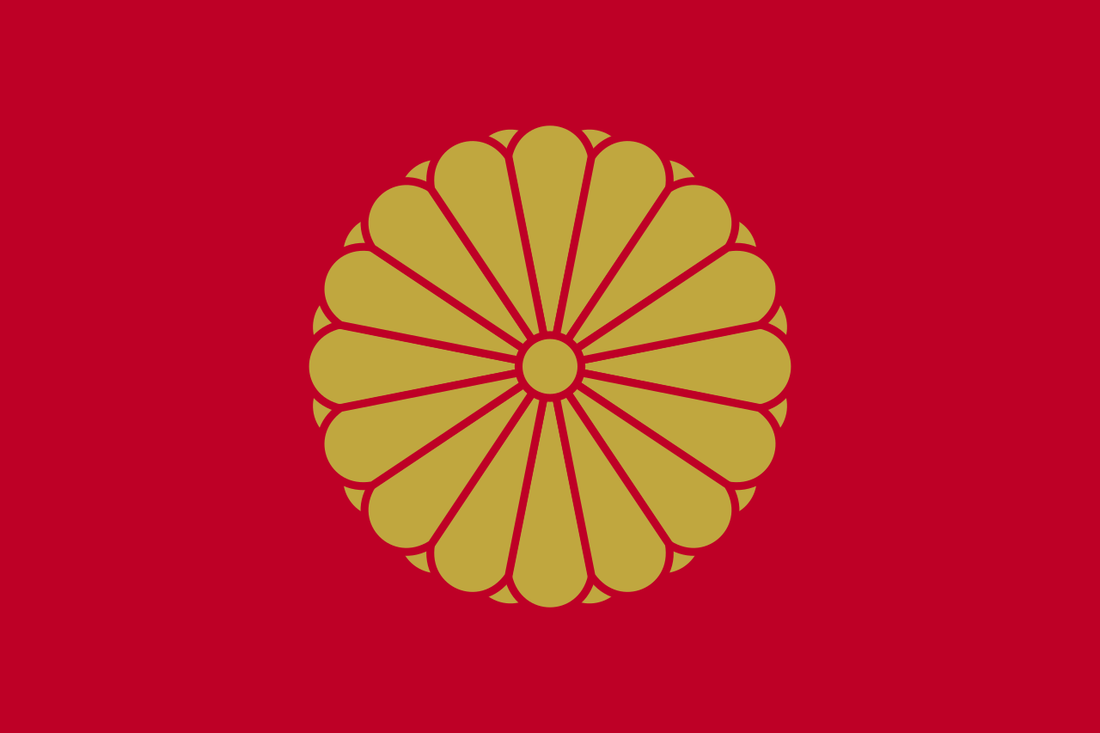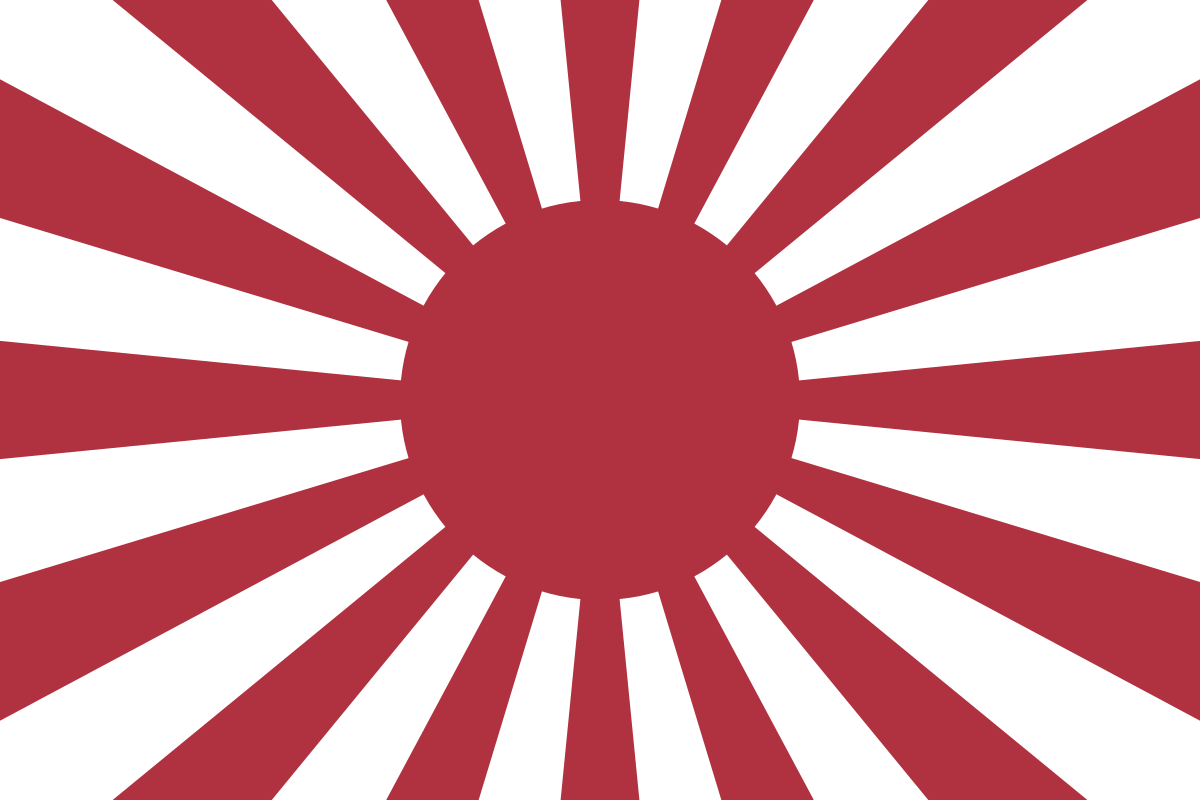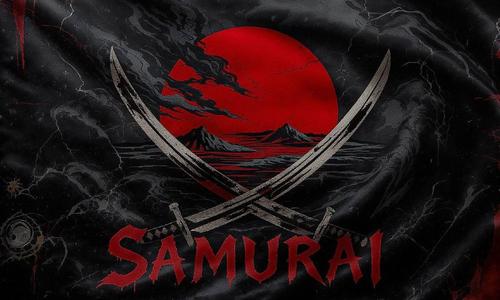1. The Imperial Seal of Japan

2. The Imperial Japan flag (The Rising Sun)

🇯🇵 The Empire of the Rising Sun 🇯🇵
Introduction
Welcome to the Empire of the Rising Sun, a bastion of honor, unity, and unwavering resolve. Our alliance draws inspiration from the rich tapestry of Imperial Japan, embracing the virtues that propelled a nation from isolation to global prominence.
In the spirit of the Meiji Restoration, we seek to modernize while preserving our cultural heritage. Our alliance stands as a testament to the enduring values of discipline, loyalty, and strategic prowess.
Historical Legacy
The Meiji Restoration: A New Dawn
In 1868, the Meiji Restoration marked the end of the Tokugawa shogunate and the restoration of imperial rule under Emperor Meiji. This pivotal moment initiated a period of rapid modernization, transforming Japan into a formidable industrial and military power.
The slogan "Fukoku Kyōhei" (Enrich the Country, Strengthen the Army) encapsulated the nation's drive to compete with Western powers. Through sweeping reforms in education, infrastructure, and governance, Japan emerged as a beacon of progress in Asia.
Imperial Expansion and Global Recognition
Japan's victories in the First Sino-Japanese War (1894–1895) and the Russo-Japanese War (1904–1905) signaled its arrival on the world stage. These triumphs not only expanded Japan's territorial holdings but also challenged the notion of Western superiority.
By the early 20th century, Japan had established itself as a major imperial power, with colonies and spheres of influence extending across East Asia and the Pacific.
Core Values
Bushidō: The Way of the Warrior
At the heart of our alliance lies the ancient code of Bushidō, emphasizing virtues such as honor, courage, and self-discipline. This code guided the samurai and continues to inspire our members to act with integrity and purpose.
Kokutai: National Unity
The concept of "Kokutai" represents the unique character and unity of the Japanese nation. It underscores the importance of collective identity and loyalty to the emperor, fostering a sense of purpose and cohesion among our members.
Innovation and Adaptability
While rooted in tradition, our alliance embraces innovation. Just as Imperial Japan adopted Western technologies and practices to strengthen itself, we encourage adaptability and continuous improvement to navigate the challenges of the modern world.
Alliance Structure
Leadership Hierarchy
Emperor (Tennō): The supreme leader, embodying the alliance's vision and guiding its strategic direction.
Shōgun: The chief military commander, responsible for defense and tactical operations.
Daimyō: Regional leaders overseeing specific domains within the alliance, ensuring local governance and coordination.
Samurai Council: A body of esteemed warriors and advisors who provide counsel on matters of policy and strategy.
Member Roles
Samurai: Valiant warriors committed to upholding the alliance's principles and engaging in combat when necessary.
Artisans: Skilled individuals contributing to the alliance's economic strength through trade, production, and innovation.
Scholars: Keepers of knowledge, responsible for research, education, and the preservation of our cultural heritage.
Diplomats: Envoys tasked with managing relations with other alliances, forging treaties, and representing our interests abroad.
Strategic Objectives
Defense and Security
We prioritize the protection of our members and territories. Through rigorous training and strategic planning, we maintain a formidable defense capable of deterring any adversary.
Economic Prosperity
A robust economy is the backbone of our strength. We invest in infrastructure, encourage trade, and support the endeavors of our artisans to ensure sustained growth and prosperity.
Cultural Preservation
Our alliance is a guardian of tradition. We celebrate our heritage through ceremonies, education, and the arts, ensuring that the spirit of Imperial Japan endures for generations to come.
Diplomatic Relations
We approach diplomacy with honor and pragmatism. While we seek peaceful coexistence and mutual benefit, we remain vigilant and prepared to defend our interests. Alliances and treaties are forged based on shared values and strategic alignment.
Membership Expectations
Joining the Empire of the Rising Sun is a commitment to excellence. We expect our members to:
Uphold Honor: Act with integrity and respect in all interactions.
Demonstrate Loyalty: Prioritize the alliance's interests and support fellow members.
Engage Actively: Participate in alliance activities, discussions, and initiatives.
Pursue Growth: Continuously seek personal and collective improvement.
Conclusion
The Empire of the Rising Sun stands as a testament to the enduring values of Imperial Japan. Through unity, discipline, and a shared vision, we strive to build a legacy that honors our past and shapes a prosperous future.
Join us in this noble endeavor. Together, we rise.

[Eng CC] Battotai [Japanese Military March] And finally, our Anthem.





















